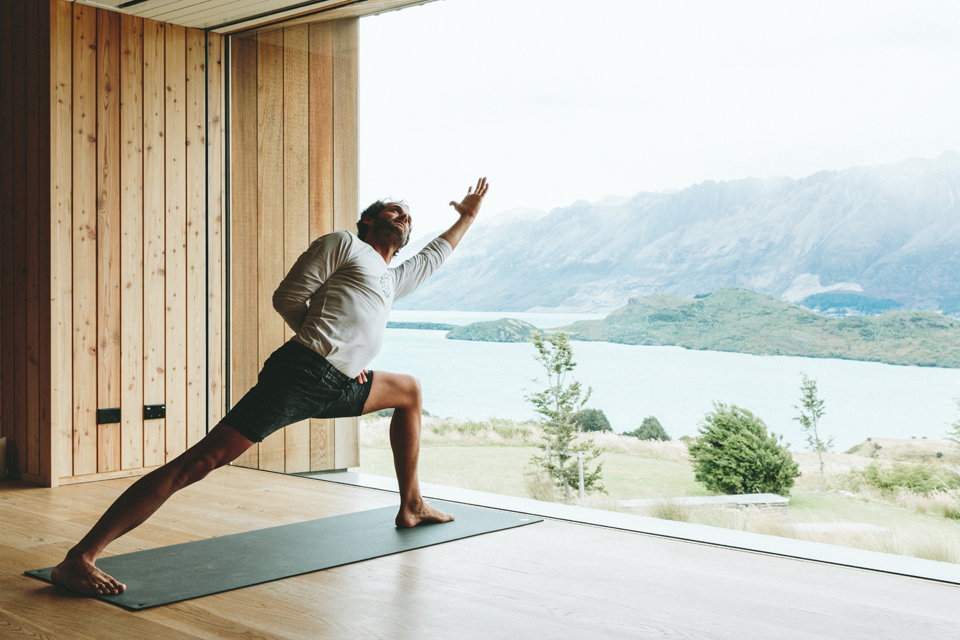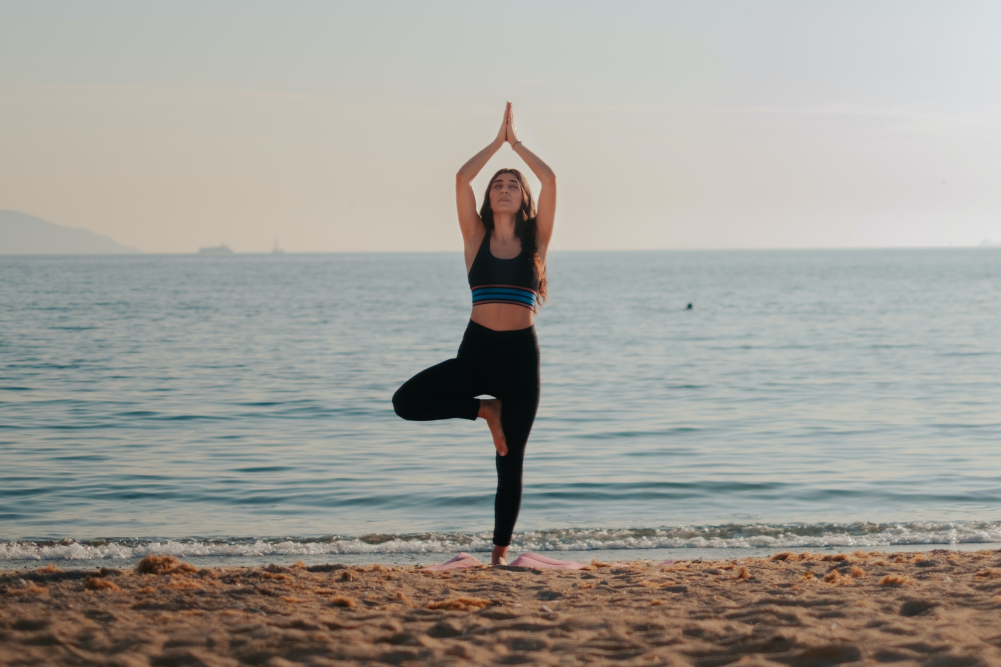We have a chat with Aro Ha’s co-founder Damian Chapparo who shares how he stays in the present moment using ‘Wellness Architect’.
Q: I feel most calm when …
A: “My mind is in my body. When my brain becomes my feet and I’m walking in the grass or feeling a texture. I feel most calm when I am my skin, as it feels the sun, enjoys the breeze.”
Q: The last time I felt inspired was …
A: “When I received support from a couple of people close to me on a project that I’d been dreaming up — to make wellbeing more approachable for more people. Just having their support, it kind of lit a fire inside me;
it made me smile. All of a sudden, the creative juices were flowing, I had the realisation that this project had a much greater likelihood of going forward and we were all on the same page. It felt good [giggles].”
Q: When I need to pause …
A: “I go outside; I climb a mountain, I go flying. I will often find a small or big adventure that almost is always outdoors.”
Q: The last time I laughed was …
A: “This morning on a call about the [Aro Hā] cookbook. I had requested that everyone take a manageable ‘bite’ and set a timeline for achieving that manageable bite, and my manageable bite was the smallest bite of my entire team’s [laughs].”
Q: The last time I cried was …
A: “Four days ago. I was witnessing some beautiful souls in a closing ceremony here at Aro Hā. I was feeling my own heart kind of melt and just learning, you know — being open and witnessing the humanness of being human. It was really beautiful.”
Q: My favourite way to relax is …
A: “Usually with a cup of tea and my wife and my dog all on the same small couch. Usually the dog on top — he’s a Labrador, so he’s no small dog — as
he gets jealous when we are snuggling and having our tea. He decides he wants to be involved, so he’s always at the very top of the pile.”
Q: I have the most ease in my life when …
A: “I prioritise contentment. When I prioritise the reminder that everything is more than enough. And when I can couple that with free-form movement — whether that’s just my own morning ritual or whether it’s dance — that’s when it strikes.”
Q: How would you describe contentment?
A: “Contentment is the opposite of desire. The two need to be balanced of course, but contentment is, in its purest form, neutral. It’s a form of presence. It is where witnessing consciousness most clearly appears. I would say that contentment is societal of great value. I think most of us are prolific, proficient and very well adept to desire and achievement,
but I think to balance that with contentment is a healthy medicine.”
Q: My favourite way to create space is …
A: “Silence [smiles]; even if it’s space from my own thoughts. Sometimes my wife and I go for walks and even on those walks, while we’re often chatting, we’ll often consciously take time just to be silent. Combining nature, our dog, each other, presence — just walking in silence is quite a gift.”
Q: Creativity comes to me …
A: “At about 3am [giggles]. It’s interesting … at first I fought it, at first I thought, why are you awake? But these days I’ve actually created a little practice when it happens. I just assume that my subconscious is interested in telling me something. So I just allow my thoughts to wander, invite some relaxation, invite some allowing … I can sometimes sit in a fairly creative state for an hour or so before I drift back into sleep. There are often some really interesting flows because there’s no distraction and there’s no need to deliver anything or actually create anything. The openness of those hours seems to be fertile.”
Q: I feel most connected when …
A: “I’m embodied. When I feel my breath in my toes, in my fingertips, in my scalp.”
Q: I define “being” as …
A: “The part of us that has always been. I experience ‘being’ as the aspect of myself that first saw through my eyes when I was born into this world and began listening through my ears — perhaps even inside my mother’s womb — and that part of me that learned to walk and learned to speak and move through this life. The ‘being-ness’ is the essential quality. It’s the thing that has never needed learning. It’s ageless. It’s perfect. It can’t be damaged. It can’t be harmed. It’s always home.”
To understand more about




